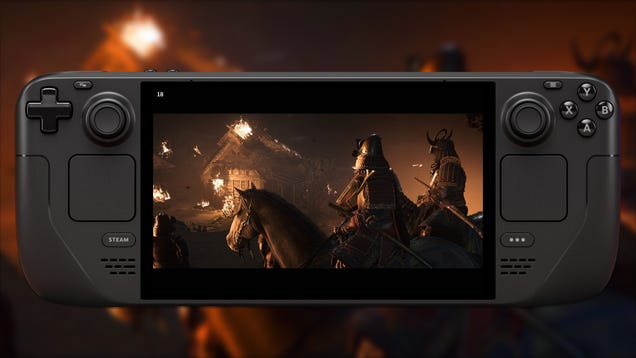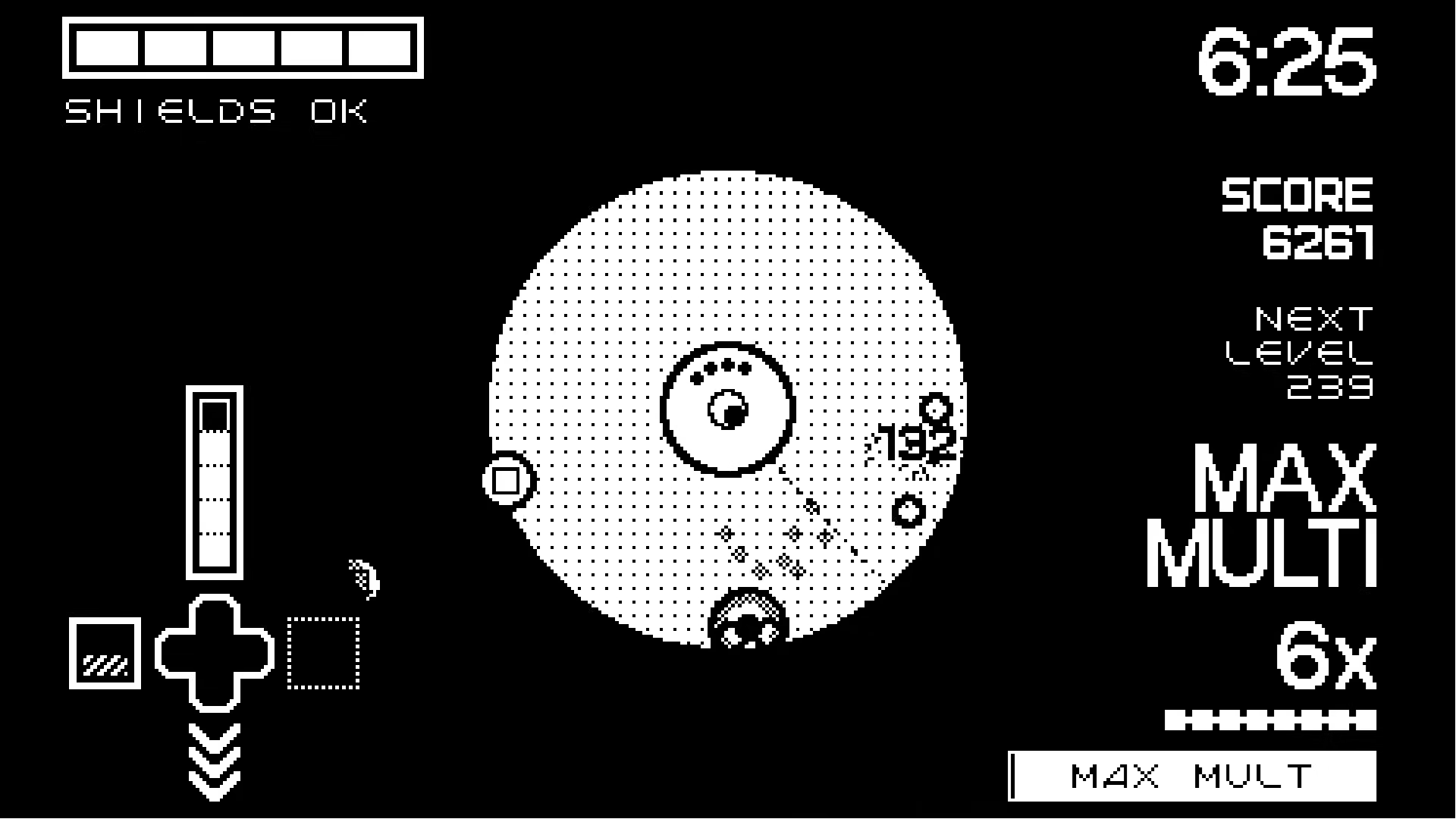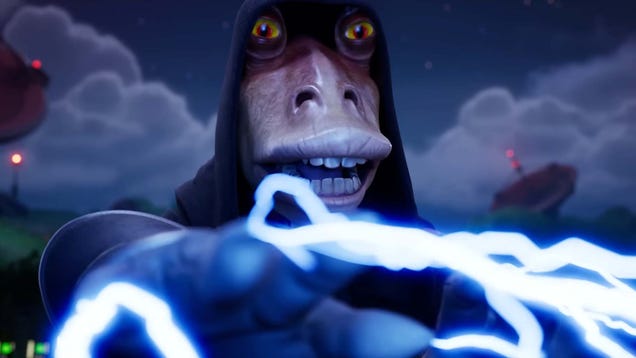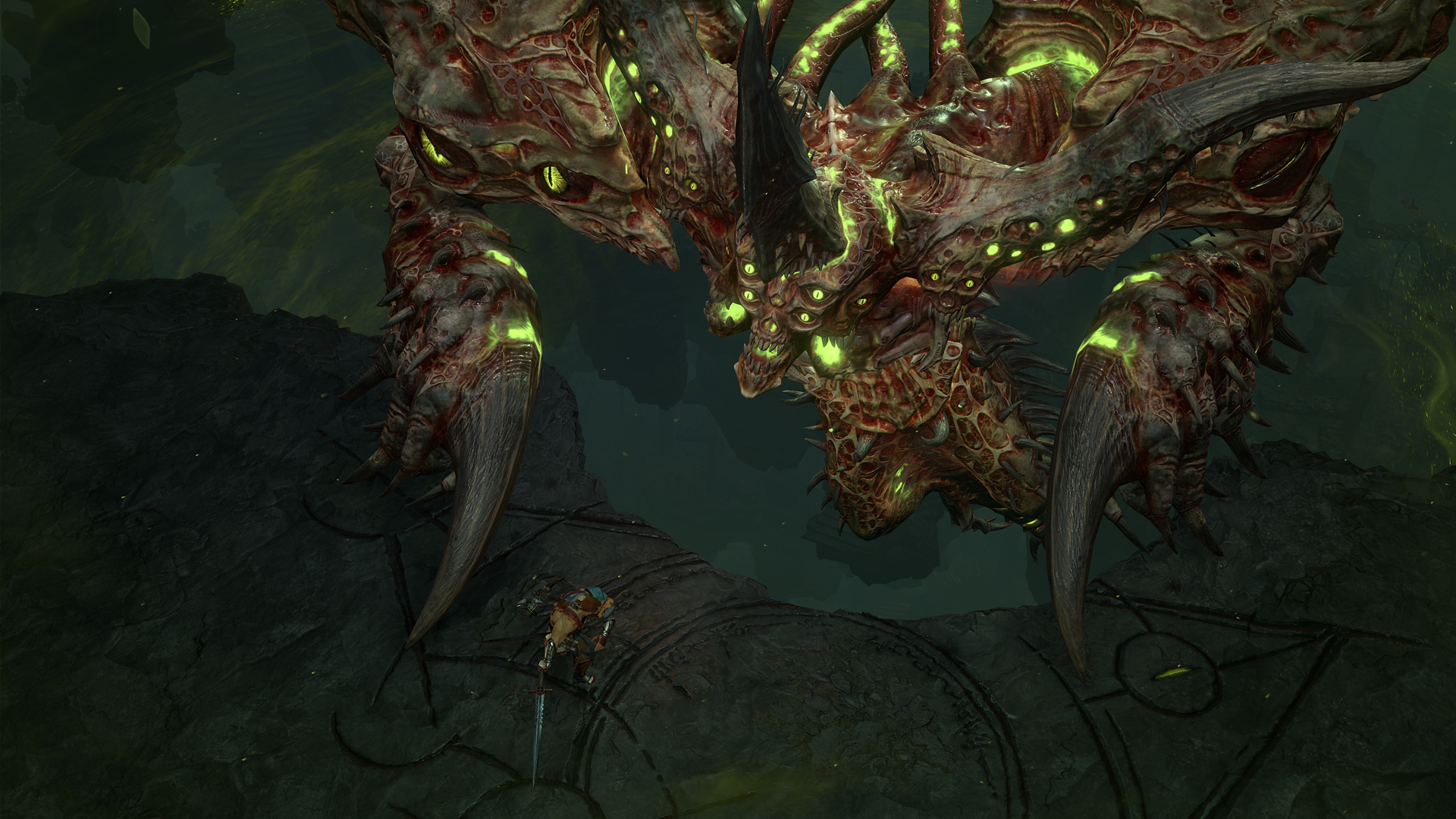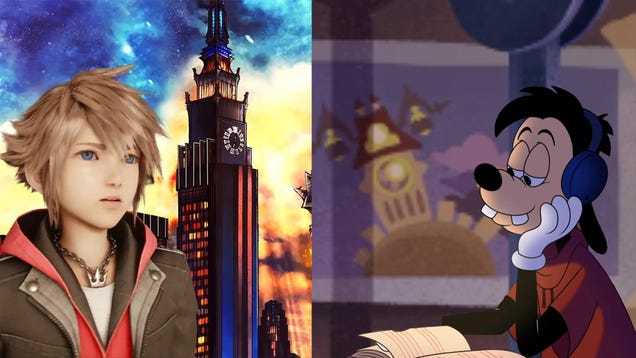
Rebel Moon Part Two: The Scargiver Review
Rebel Moon Part Two: The Scargiver is now streaming on Netflix
Rebel Moon creator Zach Snyder had hailed Part One: A Child of Fire as an exciting new dawn for the blockbuster sci-fi arena. He boasted of a two-part story that would kick off an expanded screen exploration of a bustling galaxy ruled over by a militaristic regime with a ragtag group of warriors, outcasts, and resistance fighters battling to dismantle it. But after two hours and 15 minutes in Snyder’s redressed version of the Star Wars universe, Part One proved an unsatisfactory, half-baked action movie cobbled together from the parts of far more inspired genre fare. Unsurprisingly, Rebel Moon Part Two: The Scargiver’s concluding chapter (which has arrived just four months later) offers only a slight improvement, thanks to its simpler story and a far more enticing climactic battle but two more hours of the same shallow characters and plot.
Barely coloring outside the lines of its inspiration, the plot of The Scargiver plays out like Seven Samurai/The Magnificent Seven meets Return of the Jedi, with the warrior crew returning to the moon of Veldt to protect the villagers from the Imperium army still seeking to steal their space grain. They have a ticking clock counting down until an Imperium dreadnought arrives in their atmosphere, and given that time pressure it’s especially absurd that Snyder spends a gratuitous amount of time showing the villagers and warriors harvesting the land. There’s so much slo-mo reaping, threshing, winnowing, and lens flare that you half expect the voiceover of Anthony Hopkins’ mechanical knight, James, to come in with a Lao Tzu-inspired quote saying: “Give a man a bag of grain and you feed him for a day. Teach him how to harvest and you feed him for a lifetime.” Incidentally, James’ robot-gone-native gimmick is utterly confounding and provides little value to the story, save for a late tag-team entry into the fray.
What We Said About Rebel Moon Part One: A Child of Fire
Despite a great ensemble cast, Zack Snyder’s space opera is let down by a derivative patchwork script, mediocre action sequences, and a superficial story that fails to live up to its expansive promise. – Hannna Ines Flint, December 15, 2023
Score: 4
Read the full Rebel Moon Part One: A Child of Fire review
If these early scenes feel like filler, it’s because their abundance of flashbacks is a lethargic attempt at providing backstory and character insight that hinders the pace and rarely deepens any of the relationships. Take an early post-coital exposition dump from Kora (Sofia Boutella). As she lies in the arms of her farmer lover Gunnar (Michiel Huisman) she reveals the role she played during the assassination of the royal family. It’s somewhat hilarious to hear a string quartet furiously playing while a brutal murder takes place on screen, but it’s an otherwise predictable scene that relies on a voiceover to tell us about a threat to the Imperium war machine rather than conveying it through natural dialogue between the characters. There’s also an eye-rolling line dropped against Kora by her adopted dad, calling her a “cancer of ethnic impurity” due to her darker skin tone. It is 2024 and writers are still lazily copying and pasting contemporary racial biases onto sci-fi characters living in a diverse galaxy of species and aliens set thousands of years in the future, with no imagination whatsoever. Somewhere, Carl Sagan is rolling in his grave.
It’s somewhat hilarious to hear a string quartet furiously playing while a brutal murder takes place on screen.
A similarly on-the-nose sensation occurs in a contrived group therapy session initiated by ex-Imperium general Titus (Djimon Honsou). Like a Warriors Anonymous meeting, each fighter confirms that their lives and/or homeworlds have been ruined by the Motherworld’s barbaric conquest in a series of monologues. To Honsou and Doona Bae’s credit, their ability to imbue depth and emotionality into their performances does slightly elevate the clunky narration.
These flashback monologues also take us to the steampunk-industrial planet of Conan the Barbarian-esque nobleman Tarak (Staz Nair), which is a welcome divergence from the typical, ethnically inspired landscapes we’ve seen so far, but these scenes pose frustrating questions as to why certain character details weren’t hinted at or woven into the story taking place in the present. The fact that there is an ancestral bloodlust hard-wired into the cyborg hands of Bae’s swordmaster Nemesis seems like a pretty gnarly element that might have made her warrior more intriguing and multidimensional than she is as she’s following the hackneyed journey of a bereaved mother that begins and ends with children.
Ed Skrein’s Darth Vader-esque Admiral Atticus Noble is the most watchable element of The Scargiver.
Just as he was in Child of Fire, Ed Skrein’s Darth Vader-esque Admiral Atticus Noble is the most watchable element of The Scargiver. He brings a campy menace to proceedings, even if his Christ-like return from the dead is quite laughable. What the Matrix-like tube lights attached to his body are meant to be doing to restore his body after he fell to his demise is anyone’s guess; it’s as nonsensical as Kora’s “Scargiver” nickname, in fact. Despite it being the title of this sequel, there’s no explanation offered for it at all.
At least this time we get an ending with a more exciting face-off between Skrein and Boutella on the dreadnought, easily clearing the low bar set by the half-hearted battle scenes on the ground. Much of the nerve-wracking struggle takes place with the characters in free fall against the fiery chromatic backdrop of grisly machinery, with each action star making every hit count. There are a few attractive battle vignettes – Titus leading rebels across a stone bridge with laser beams whipping past in slo-mo could be a poster – yet most of the Imperium droids, vehicles, and ships have a grainy, two-dimensional quality. The aesthetic world-building would have benefitted from more dynamic and original ideas than simply riffing on visuals that’re well-worn in the sci-fi canon.



